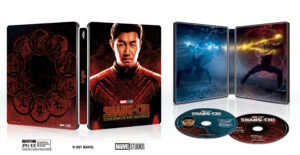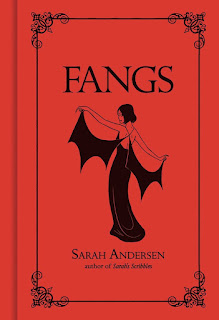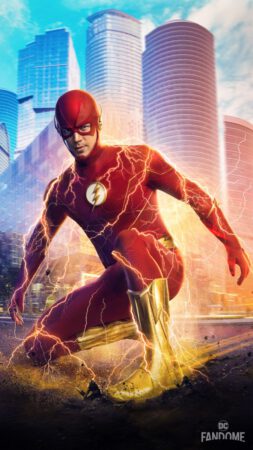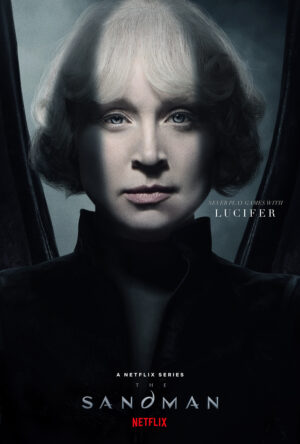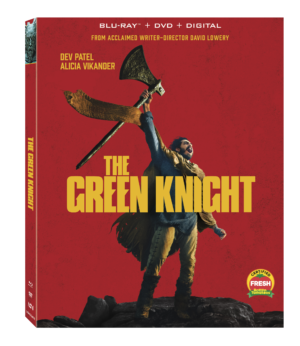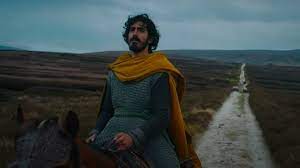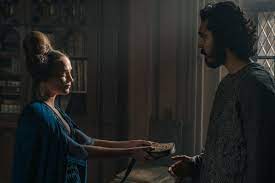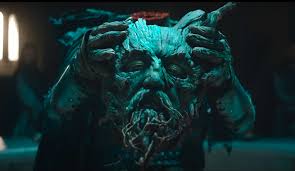Win a Candyman Digital Code
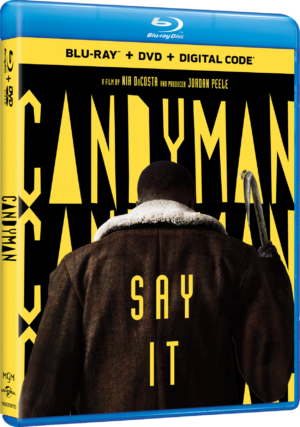
The successful Candyman remake is coming to streaming and home video this week. Our friends at Universal Home Entertainment have provided us with two digital codes which we’re offering to our readers.
In order to win, tell us the scariest memory from your Halloween experiences. Provide good, creative details and have your entry submitted no later than 11:59 p.m., Monday, November 8. The decision of the ComicMix judges will be final.
Universal City, California, October 26, 2021 – Dare to say his name. Oscar® winner Jordan Peele (Get Out, Us) and director Nia DaCosta (Little Woods, Disney’s upcoming film The Marvels) expand on the infamous Candyman legacy with “a new horror classic” (FOX TV) that is “smart, stylish, and scary as hell” (Danielle Ryan, /FILM). Certified Fresh on Rotten Tomatoes with a score of 84%, Metro Goldwyn Mayer’s (MGM) CANDYMAN is back and yours to own on Digital November 2, 2021 and on 4K Ultra HD, Blu-rayTM and DVD November 16, 2021 from Universal Pictures Home Entertainment. All versions come packed with over an hour of bonus features including a never-before-seen alternate ending, deleted and extended scenes as well as special featurettes taking viewers behind-the-scenes of the film and deeper into this complex and deeply resonant contemporary take on the bone-chilling urban legend.
For decades, the housing projects of Chicago’s Cabrini-Green were terrorized by a ghost story about a supernatural, hook-handed killer. In present day, a visual artist (Yahya Abdul-Mateen II; HBO’s Watchmen,”Us, forthcoming Matrix Resurrections) begins to explore the macabre history of Candyman, not knowing it would unravel his sanity and unleash a terrifying wave of violence that puts him on a collision course with destiny.
Yahya Abdul-Mateen II leads an incredible buzz-worthy cast in CANDYMAN, which also stars Teyonah Parris (If Beale Street Could Talk, Wandavision, forthcoming The Marvels), Nathan Stewart-Jarrett (Generation, Misfits) and Colman Domingo (HBO’s Euphoria, Ma Rainey’s Black Bottom, Assassination Nation). A bold, expansive take on the tragic and terrifying urban legend, CANDYMAN is produced and co-written by Academy Award® winner Jordan Peele and directed by rising filmmaker Nia DaCosta, the first Black woman to helm a #1 film at the box office!
EXCLUSIVE BONUS FEATURES ON 4K UHD, BLU-RAYTM, DVD AND DIGITAL:
- ALTERNATE ENDING
- DELETED AND EXTENDED SCENES
- SAY MY NAME: Filmmakers and cast discuss how the horror at the center of Candyman is both timely and timeless, which is a tragedy in and of itself.
- BODY HORROR: We explore director Nia DaCosta’s influences in the subgenre of body horror, and what Anthony’s physical transformation means to the story.
- THE FILMMAKER’S EYE: NIA DACOSTA: Take a closer look at director Nia DaCosta, and how her singular voice and perspective were perfect to tell this story.
- PAINTING CHAOS: Filmmakers reveal how Anthony’s artwork evolves throughout the film and how they strived for authenticity in recreating Chicago’s vibrant art scene.
- THE ART OF ROBERT AIKI AUBREY LOWE: Composer Robert Aiki Aubrey Lowe reveals some of the unconventional methodology he used to create the unique and haunting soundscapes sounds of the film.
- TERROR IN THE SHADOWS: A behind-the-scenes look at how the analogue shadow puppetry scenes were created and an unpacking of why this ancient artistic medium was the most conceptually relevant for depicting the legends’ cycle of violence.
- CANDYMAN: THE IMPACT OF BLACK HORROR: A roundtable discussion moderated by Colman Domingo about the nuanced relationship Black Americans have with Candyman , the horror genre and the overall idea of monsters and victims.
CANDYMAN will be available on 4K Ultra HD, Blu-ray™, DVD and Digital.
- 4K Ultra HD delivers the ultimate movie watching experience. Featuring the combination of 4K resolution, the color brilliance of High Dynamic Range (HDR) and HDR10+, which delivers incredible brightness and contrast for each scene and immersive audio for a multidimensional sound experience.
- Blu-ray™ unleashes the power of your HDTV and is the best way to watch movies at home, featuring 6X the picture resolution of DVD, exclusive extras and theater-quality surround sound.
- Digital lets fans watch movies anywhere on their favorite devices. Users can instantly buy or rent.
- The Movies Anywhere Digital App simplifies and enhances the digital movie collection and viewing experience by allowing consumers to access their favorite digital movies in one place when purchased or redeemed through participating digital retailers. Consumers can also redeem digital copy codes found in eligible Blu-ray™ and DVD disc packages from participating studios and stream or download them through Movies Anywhere. Movies Anywhere is available only in the United States.

